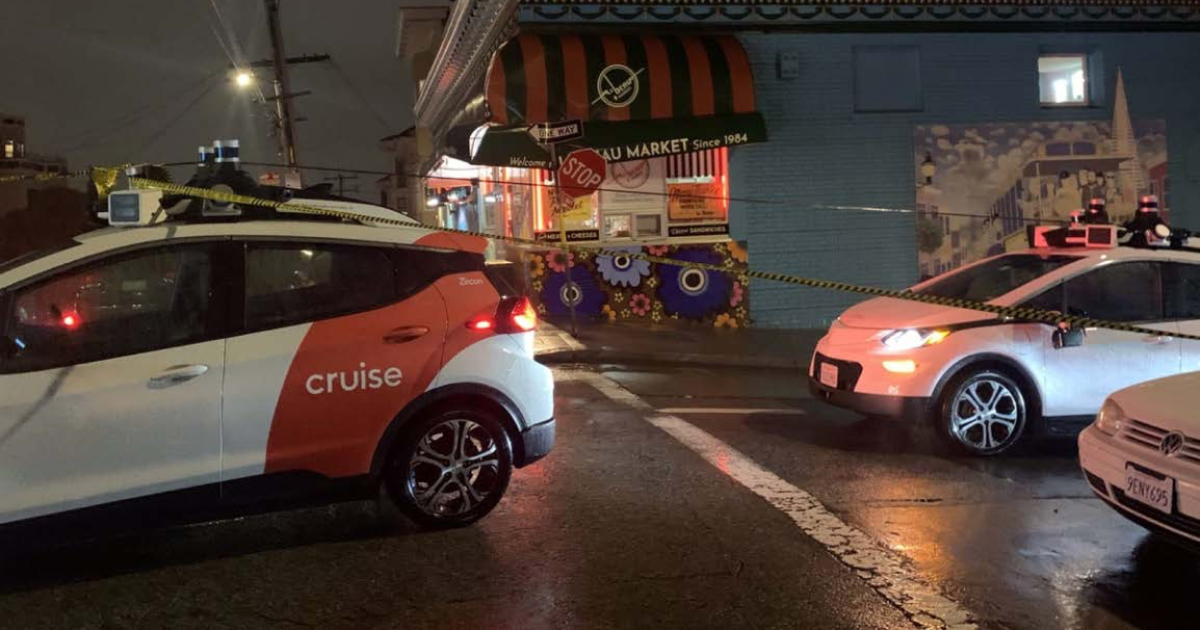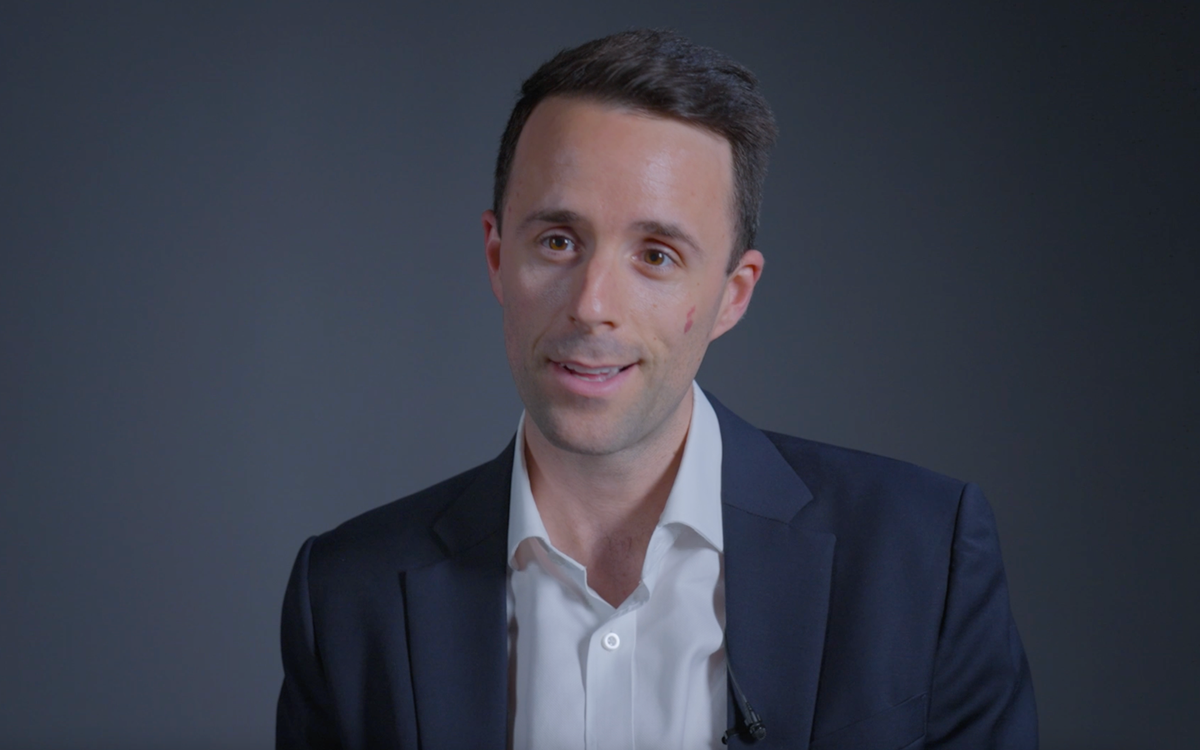San Francisco is in uproar over robotaxis' persistent interference with firefighters, police officers and other emergency medical personnel.
The city's fire chief drew attention Thursday to potentially dangerous encounters between driverless taxis and first responders, telling the Times in an interview that she was “fed up” with the incidents, which include robotaxis driving in active emergency scenes and parking over a fire hose. .
Now, the San Francisco police union has joined city officials in urging regulators to postpone a vote, scheduled for Thursday, on a measure that would allow Waymo, Cruise and other robotaxi companies to expand in San Francisco. Francisco. (After this story was published, the vote was postponed until July 13.)
The San Francisco Police Officers Association. has delivered a letter to the California Public Utilities Commission, which regulates driverless vehicle operations in the state, asking it to “reconsider the agenda items” at its next meeting and postpone a vote until the issue is addressed.
“While we all applaud technological advances, we should not be in such a hurry that we forget the human element and [that] … that technology, if left unchecked, can create dangerous situations,” said union president Tracy McCray.
The commission has not responded to multiple requests for comment.
Waymo spokesperson Katherine Barna said in a statement: “While we operate in some of the densest areas of San Francisco and Phoenix, we navigate and interact with active emergency vehicles day and night, without issue. In fact, we find ourselves with an active [emergency vehicle] every 100 miles on our [more than 2 million] miles of passenger-only driving.
“The vast majority of these often challenging and complex encounters have gone smoothly.”
Barna also noted that the company provides training to emergency personnel “and provides a phone number to contact Waymo directly in the event of an outage.”
Hannah Lindow, a spokesperson for Cruise, also sent a statement.
“Improving road safety is our primary mission, not only for cruise passengers but for everyone we share the road with,” he said. “That includes making sure our vehicles operate with the least possible impact on city services. “We have long met regularly with San Francisco city officials and first responders, and we look forward to continuing our open line of communication with them.”
Lindow also said Cruise has driven more than 2 million miles without life-threatening injuries or deaths, and that policymakers should also consider the “deeply troubling status quo” of highway injuries and deaths in San Francisco. Francisco.
Both companies have been offering small-scale passenger services in San Francisco.
For the record:
12:21 pm June 24, 2023An earlier version of this story said Waymo charges for rides, while Cruise does not. Cruise ships charge for rides, while Waymo does not yet do so but is looking to do so.
Cruise, which requires passengers to apply for the program, charges for rides. Waymo is not yet charging, but is seeking the green light to do so at next week's Public Utilities Commission meeting.
If the proposal is approved, it would also allow an unlimited number of Waymo and Cruise robotaxis to operate and collect fares in all parts of the city in any type of weather.
Waymo and robotaxi company Motional plan to begin offering driverless passenger services in Los Angeles and Santa Monica when they obtain permits from the Public Utilities Commission. In written comments to the commission, both cities' transportation departments have expressed concerns about how state regulators are handling driverless technology.
The San Francisco Fire Department has reported at least 39 incidents of interference so far this year, including robotaxis that stopped in front of fire station entrances, blocked emergency vehicles trying to respond to emergencies, drove through tapes police vehicles and colliding with downed power lines that then became tangled in their sensors on the roof, entering active fire scenes and stopping (in one case, a fire hose became caught around the axle of the car) and stopping close enough behind a fire truck to interfere with the unloading of ladders at a fire scene.
When delivery trucks and other vehicles double park or block the road, in most cases the driver is in the vehicle or nearby. But when a Waymo or Cruise car gets stuck on the road, firefighters must try to contact the operating company via radio.
Sometimes a remote operator can move the vehicle. Sometimes the Fire Department must wait for a human employee to arrive and move the car.
No deaths or injuries have been reported as a result, but San Francisco Fire Chief Jeanine Nicholson told ABC7 News Bay Area on Thursday, after The Times published the story, that “the biggest concern is that someone is going to suffer.” a very serious illness.” injured or dead.”
“We've been very lucky so far,” the chief said. “But it's only a matter of time before something truly catastrophic happens.”
No one involved in the debate questions the idea that automated vehicles hold great promise for safety and accessibility. Nicholson told The Times that he believes robotaxi AI needs to get much better at handling emergency scenes before any fleet expansion.
It's unclear why these high-tech vehicles, with their sensors and artificial intelligence programming, have problems with emergency vehicles. The National Highway Traffic Safety Administration launched an investigation into Tesla after that company's driver-assist software apparently caused multiple collisions with parked police cars, ambulances and fire trucks.
Public data on autonomous vehicle safety issues is difficult to come by. NHTSA requires serious crashes to be reported to the agency, although it hides most of the narrative description of crashes from the public.
The California Department of Motor Vehicles requires robotaxi companies to report collisions of any type. But in 2021, the DMV asked Waymo to sue the agency, then the two reached a court-approved settlement that allows robotaxi companies to claim trade secrets to hide safety information from the public.
The DMV appears to interpret that agreement broadly. As a result of the deal, even data on how a robotaxi company responds in emergencies may be blacked out in seemingly public accident reports.
On Thursday, more than two years after the Public Utilities Commission approved fare service for riders using driverless vehicles, the agency held what it says will be a series of workshops on what driverless data should be collected and how much of it should be collected. made available to the public. public.
Two of the five commissioners, Genevieve Shiroma and John Reynolds, chaired the workshop. Shiroma previously held positions in state government; Reynolds most recently served as Cruise's lead attorney.








